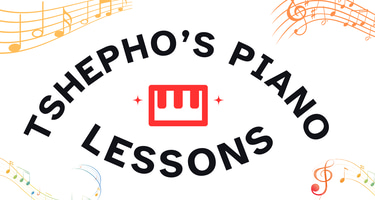Minor Chords in F#: A Comprehensive Guide
TECHNIQUE
8/15/20251 min read
Understanding Minor Chords
In this piano lesson, we dive deep into understanding minor chords, specifically within the key of F#. Minor chords are essential for adding emotional depth to your music, and knowing how to build them in any key can enrich your playing experience. In this tutorial, you will learn how to easily identify and construct minor chords using simple techniques and a practical chord chart approach.
Identifying Chords in F#
Let’s start by identifying the three major and three minor chords in the key of F#. The major chords in this key are F#, B, and C#, while the minor chords are D#m, G#m, and A#m. Recognising these chords is crucial as they form the foundation of many songs and progressions. A key factor in differentiating minor and major chords lies in the intervals that make them up.
Chord Intervals Explained
One of the simplest ways to identify a minor chord versus a major chord is to understand their structure in terms of intervals. For a major chord, the interval is built as follows: 3 half steps (tones) up to the third note and then 2 half steps up to the fifth note, creating a 3+2 interval. In contrast, a minor chord consists of a 2+3 interval: 2 half steps to the minor third, followed by 3 half steps to the perfect fifth. By internalizing these patterns, you can quickly recognize and play minor chords across different keys.
Practical Application in Songs
To see how these chords show up in real music, let’s examine a few songs where minor chords play a pivotal role. Many pop songs incorporate the minor chords from the key of F#. This demonstrates how crucial they are for mood and transition within the melody. Additionally, once you understand these concepts in F#, applying them to other keys like C major, C#, and others becomes quite straightforward.
Through active listening and practice, whether you’re a beginner trying to improve your ear or someone wanting to better understand music theory, this tutorial aims to make minor chords feel much more approachable. You will find that with these techniques, your ability to play and create music will greatly enhance, bringing a richness to your performances that resonates with your audience.
